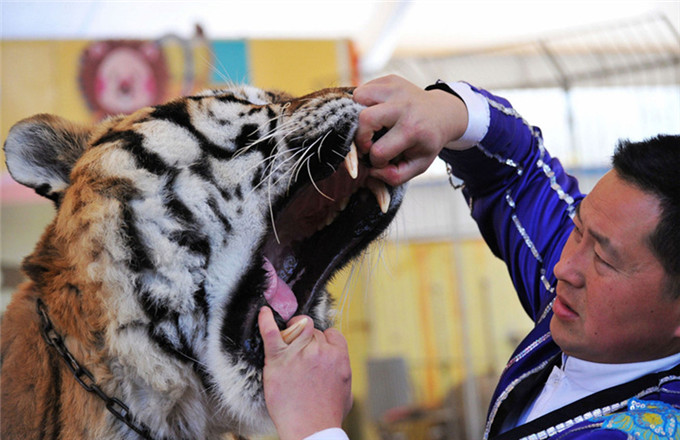'Crack sniper' hid Chinese heritage
Billy Sing earned the nicknames "The Murderer" and "The Assassin" as a deadly sniper who shot more than 200 Ottoman troops during the Gallipoli campaign of World War I.
He was also part Chinese and among thousands from non-European backgrounds, some of whom hid their identity, who joined the Australian Imperial Force to fight for their country despite being legally barred from signing up.
"He was a real Australian, an Australian at heart even though he had Chinese heritage," his great-nephew Don Smith, 62, said from the small Queensland town of Clermont where Sing was born in 1886, 1,600 km north of Sydney.
"He put his life on the line for the rest of us so that we can have the life we have today, like all the guys who went to war."
Under Australia's 1909 Defense Act, "those who are not substantially of European origin or descent" were blocked from active service.
But some from minority backgrounds, including indigenous Australians, still stepped forward, trying multiple times to join up.
The Australian Imperial Force landed at Gallipoli - a peninsula in what is now Turkey - on April 25, 1915, along with troops from Britain, New Zealand and France.
It proved to be a disastrous military campaign. Of the 60,000 Australian and New Zealand Army Corps soldiers who fought, 11,500 died.
William Edward Sing, who also fought on the Western Front, was born to Chinese father John Sing and English mother Mary Ann Pugh.
Growing up in rural Queensland, Sing was a skilled horse rider and marksman. By the time he enlisted in October 1914, at age 28, he was renowned locally for his shooting prowess.
Sing arrived in Gallipoli in May 1915, with the 5th Light Horse Regiment. His sometimes "spotter" Ion Idriess wrote of his comrade in his memoir The Desert Column:
"He is a little chap, very dark, with a jet-black mustache and a goatee beard. A picturesque-looking man-killer. He is a crack sniper of the ANZACs."
Sing was awarded the Distinguished Conduct Medal in 1916. A military dispatch said Trooper 355 killed 201 Turkish troops, including his Ottoman counterpart "Abdul the Terrible".
Recovering from a gunshot wound in England in 1917, he married 21-year-old Scottish waitress Elizabeth Stewart before returning to the Western Front.
For his service in the Battle of Polygon Wood during the second phase of the Third Battle of Ypres in September 1917, he was awarded the Belgian Croix de Guerre.
Sing was discharged in Australia in November 1918, with a medical report saying he had been gassed in Belgium. His wife was not believed to have returned to Australia with him.
He died alone in 1943, aged 57, almost penniless in a boardinghouse. He was buried at Brisbane's Lutwyche War Cemetery, but it wasn't until the 1980s that Smith and three others pooled money to erect a headstone on the grave.


















